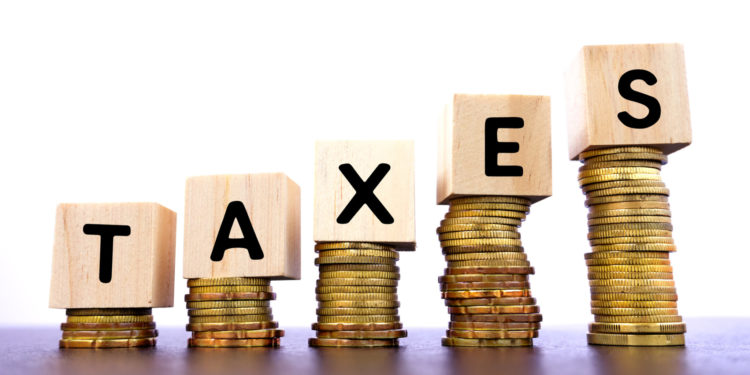As Kenya grapples with mounting debt, high unemployment, and subdued private sector investment, the national discourse remains mired in the wrong debates whether to raise taxes, widen the base, or simply borrow more. Yet, none of these offer a durable solution. The only path that leads to fiscal sustainability, rising incomes, and social stability is growth. And if Kenya is serious about reigniting growth, it must start by cutting taxes, not raising them.
The logic is simple: private enterprise is the engine of job creation, innovation, and long-term economic transformation. But that engine is currently sputtering under the weight of an aggressive tax regime. From the Finance Act 2023 to the repealed 2024 proposals, and the recently signed Finance act 2025, Kenya has tried to extract more from a shrinking base. This approach is fundamentally flawed. Taxation without growth becomes self-defeating: as firms retrench, investments stall, and consumer spending declines, the very revenue base government seeks to expand contracts instead.
Consider the state of the formal sector. In the first five months of 2025, private sector credit growth averaged (0.3%), despite low inflation. New business registrations declined. Layoffs in key sectors, banking, manufacturing, and construction, became more frequent. Meanwhile, the government’s tax efforts have increasingly targeted turnover rather than profits, disproportionately hurting SMEs that operate on thin margins. The net effect? A chilling of economic dynamism.
Contrast this with periods or countries where tax cuts catalyzed growth. The Reagan-era supply-side reforms in the US, Ireland’s corporate tax-led investment boom, or even Rwanda’s simplified tax codes, all reflect a central truth: when businesses keep more of their earnings, they reinvest, hire, and innovate. Kenya should emulate that logic
A targeted tax cut strategy could yield faster results than IMF-driven austerity. For instance, reducing corporate income tax from 30.0% to 25.0% would immediately improve the internal rate of return for new projects, attracting domestic and foreign capital. Cutting VAT from 16.0% to 12.0% would ease pressure on consumer demand, especially for low-income households who spend a large share of their income on essentials. Similarly, eliminating turnover tax for microenterprises would encourage formalization and allow smaller players to scale.
Critics argue that cutting taxes will widen the deficit. But this misunderstands the time horizon of fiscal recovery. Yes, revenues may fall in the short term, but if cuts are structured correctly, the resulting investment and consumption boost will expand the tax base over time. More importantly, it sends a signal that the government sees the private sector not as a cow to be milked dry, but as a partner in building national prosperity.
Kenya is at a crossroads. It can keep squeezing an already overburdened citizenry and risk further economic stagnation, or it can bet on growth. And the most effective way to unlock that growth is by letting people and businesses keep more of what they earn. Growth is the only way out. Lower taxes are the spark that can light that fire.
















